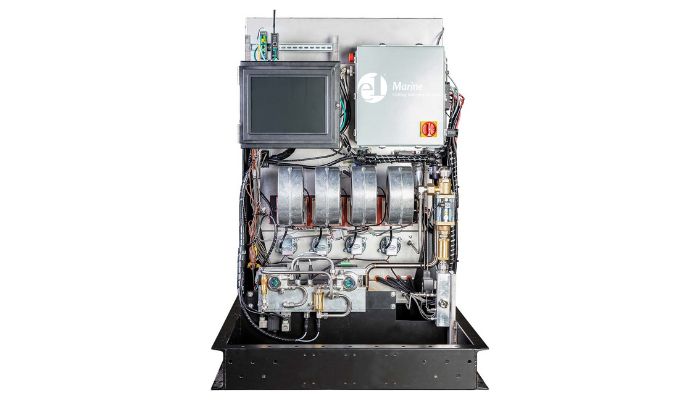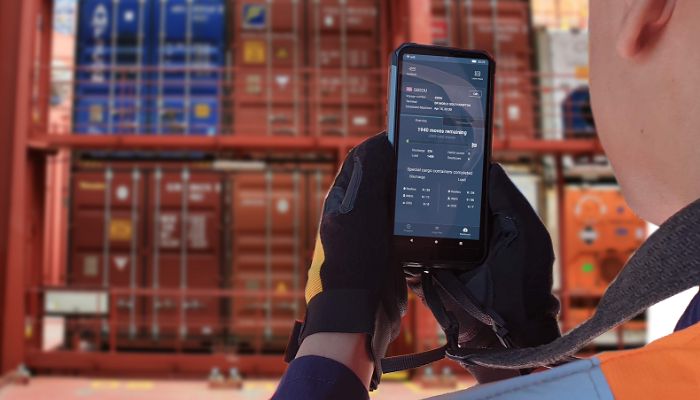The Chinese seafarer was on board the Isle of Man-flagged, bulker Berge Rishiri, which left Bluff in New Zealand early on 27 August morning. The crew member was last seen at 8am on the same day and failed to report for duty at 4pm.
Maritime New Zealand said the crew of the bulker had searched the vessel and retraced its route for any signs of the missing seafarer. A search of the Otaga coast was conducted by a rescue helicopter and a nearby vessel.
Local news reports quoted a cold-water survivability expert engaged by Rescue Coordination Centre New Zealand (RCCNZ) as saying they believed there was little chance a person could have survived. All search assets have been stood down.
Maritime Union of New Zealand National Secretary Craig Harrison said the country needed to do more to protect the welfare of international crews in its waters
“We would like to know how long the seafarer had been at sea and on duty and have assurances they were not kept on the vessel longer than their contracted period, as we have seen huge mental health issues with seafarers basically kept captive on vessels for months and sometimes years,” he said.
Harrison said the New Zealand authorities must carry out a full investigation into the incident.
The 2017-built, 37,152 dwt Bulk Rishiri, is owned and managed by Berge Bulk in Singapore.
Between 2015 – 2019 some 509 crew went missing at sea according to figures published by IHS Markit.









